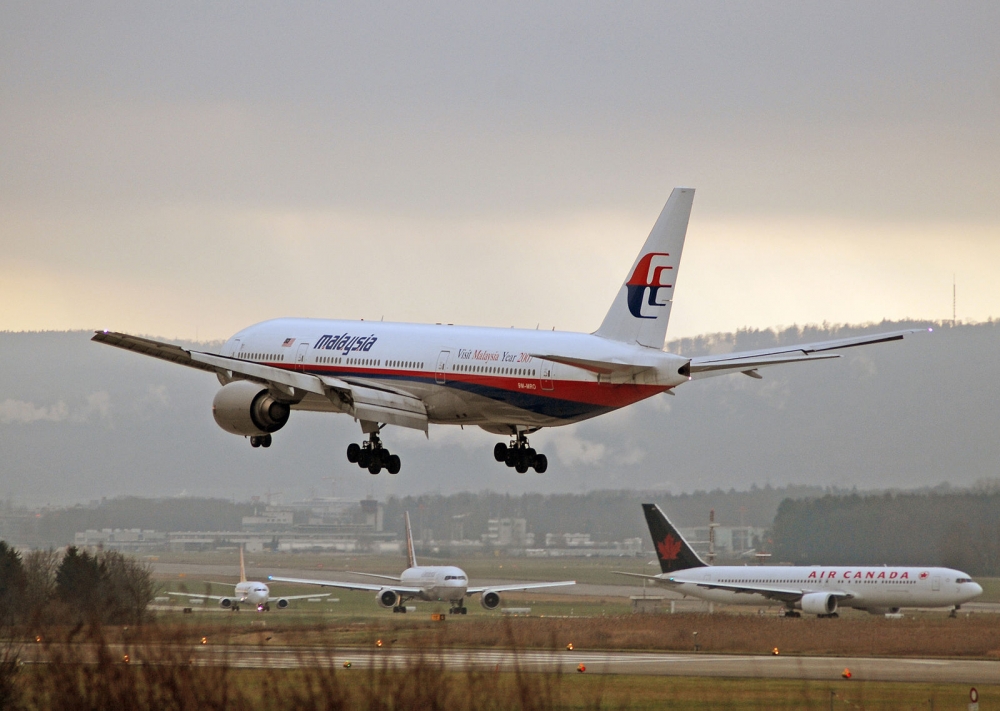Air safety investigators have confirmed that it is "highly likely" a piece of wreckage found off the coast of Tanzania, Africa, is from missing Malaysia Airlines flight MH370.
Australian Transport Minister Darren Chester Minister confirmed late Friday that an analysis of the wing part, believed to be part of a flap, by the
Australian Transport Safety Bureau had established the link. Flaps are moveable panels extended when a plane lands to increase the wing surface area.
“The experts will continue to analyse this piece to assess what information can be determined from it,” Mr Chester.
The latest finding brings the tally of parts from the wreckage to six.
A flaperon – another type of moveable wing surface that combines the attributes of an aileron and a flap – found on Reunion Island a year ago was confirmed by French officials as coming from the plane.
The ATSB has also determined a segment of engine cowling found on a beach in South Africa and a piece of interior panel found in Mauritius are almost certainly from the plane. It made this same finding for two pieces of debris found in Mozambique and thought to be part of the horizontal stabiliser.
Mr Chester said in his statement that the debris pieces were located in areas consistent with drift modelling performed by Australia's Commonwealth Scientific and Industrial Research Organisation and affirmed the focus of search efforts in the southern Indian Ocean.
He said the underwater search, continuing about 2600kms west of Perth in the 120,000 sq. km priority search, was expected to be finalised by December.
“We remain hopeful that the aircraft will be located in the remaining search area,” he said. “As agreed by Ministers from Malaysia and the People's Republic of China and Australia at the tripartite meeting on July 22, in the event that the aircraft is not located in the current area, the search for MH370 will be suspended on the completion of the 120,000 square kilometre high priority search area unless credible new evidence about the specific location of the aircraft emerges.’’
A European drift study published this week also confirmed the Indian Ocean as the impact zone but suggested that the plane could be as far as 500kms north of the current search area.
The study by Euro-Mediterranean Center on Climate Change looked at five of the pieces of debris found so far and attempted to model how they had travelled and their origin.
The study’s simulation defined an area which overlapped the northern half of the zone the ATSB is currently searching.
"However, our simulation shows that the debris could also have originated up to around 500 km further to the north," said centre researcher and lead author of the study, Eric Jansen. "If nothing is found in the current search area, it may be worth extending the search in this direction."
























